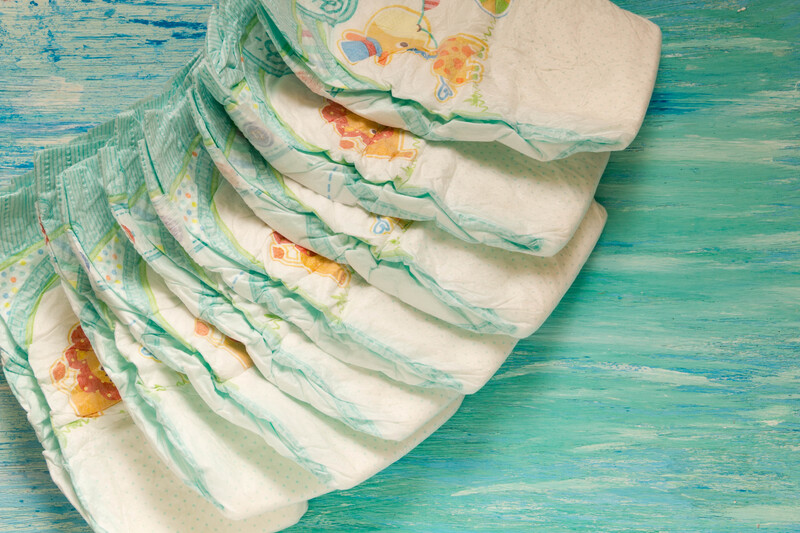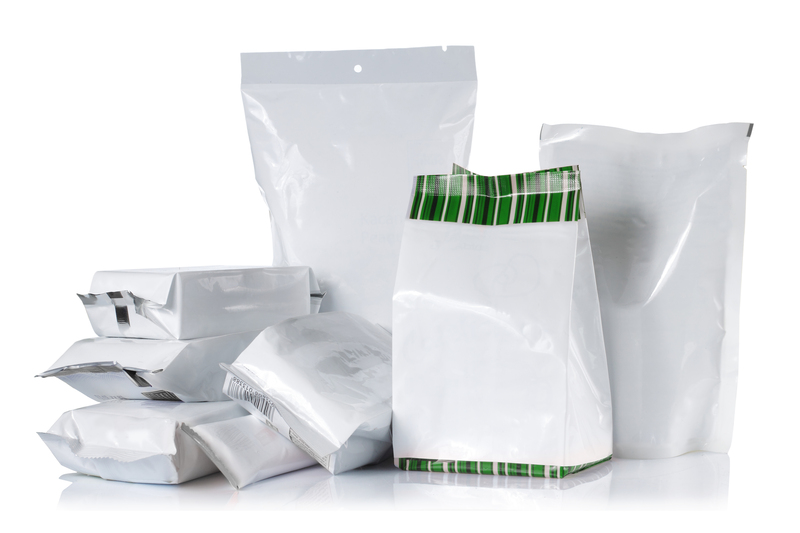Discover How to Craft Unique Masterpieces from What Others Might Call Trash
In today’s world, where sustainability is more than just a trend but a necessity, creating unique masterpieces from what others might call trash isn’t just a hobby – it’s an artform with transformative power. It’s a way to express creativity, environmental responsibility, and resourcefulness all at once. In this comprehensive article, you’ll learn not only how to craft items from discarded materials, but also why this practice matters and how you can join a global movement that is turning trash into treasure.

Why Create Masterpieces from Trash?
Upcycling – the process of transforming unwanted materials into something useful or beautiful – is gaining popularity for several compelling reasons:
- Environmental Benefits: Repurposing items means less waste in landfills and less demand for new resources.
- Self-Expression: Creating unique masterpieces from trash allows artisans to express themselves in bold, unconventional ways.
- Cost Effectiveness: Most materials are free or inexpensive, making this hobby accessible for all.
- Community and Awareness: Sharing your art can inspire others to think differently about consumption and waste.
Getting Started: Seeing Trash as Treasure
The first step in discovering how to craft from discarded items is changing your mindset. What seems like junk can become the raw material for your next artistic endeavor. Bottle caps, tin cans, broken ceramics, scrap wood, old textiles, and even electronic components offer endless possibilities for the creative mind.
Try these approaches when collecting materials:
- Visit local thrift stores or flea markets for overlooked gems.
- Participate in community clean-ups to source free supplies.
- Ask friends and family to save items they would otherwise throw away.
- Keep an eye out for curbside pickups or giveaways.
Essential Tools for Crafting with Discarded Materials
Before embarking on a trash-to-treasure project, you’ll want to assemble some essential tools. These can be easily found around the house or purchased affordably:
- Hot glue gun and glue sticks
- Scissors and utility knives
- Epoxy or strong adhesives
- Sanding blocks or sandpaper
- Acrylic paints and brushes
- Protective gloves and eye protection
- Wire cutters and pliers
- Basic sewing kit (optional, for fabric projects)
- Measuring tape and ruler
These basic supplies give you the flexibility to try a wide variety of upcycled art and functional creations.
Inspiring Project Ideas
1. Mosaic Art from Broken Ceramics and Glass
Don’t toss those chipped cups and shattered vases. By grouping colorful shards, you can create stunning mosaics on old trays, flowerpots, or even tabletops.
- How-to: Arrange the pieces into your desired design, glue them onto your base, and fill gaps with grout for a polished finish.
2. Sculptures from Metal and Plastic Waste
Artists worldwide are showcasing breathtaking statues made from bottle caps, utensils, car parts, and more.
- Get creative – stack, bend, and attach pieces to form abstract or recognizable shapes. Use epoxy or welding for a durable result.
3. Upcycled Furniture
An old wooden crate, some pallet wood, or even discarded chairs can be reborn as unique furniture. Try making:
- Bookshelves
- Coffee tables
- Plant stands
4. Fashion Accessories from Trash
Transform everyday objects like soda tabs, fabric scraps, and buttons into statement necklaces, earrings, and handbags.
- Combine textures and colors for bold, eco-friendly style that is truly one-of-a-kind.
5. Wall Art from Recycled Paper and Cardboard
Old magazines, newspapers, and packaging can be woven or layered into captivating wall hangings, shadow boxes, or 3D art.
- Try cut-and-paste collage with striking color compositions or powerful messages.
Tips for Creating High-Quality Upcycled Masterpieces
- Clean Materials Thoroughly: Always wash or sanitize items before use to avoid residues or odors.
- Think in Layers and Textures: Combine different surfaces and materials for visual interest.
- Plan Your Design: Sketch ideas and gather inspiration before gluing or assembling.
- Use the Right Adhesive: Not all glues work for every surface. Test adhesives to find the best fit for your materials.
- Finish and Seal: Protect your work with varnish, clear coats, or weatherproofing (for outdoor pieces).
- Embrace Imperfection: The beauty of trash-to-treasure art is in its quirks and stories.
Eco-Friendly Crafting: Why It Matters
By discovering how to craft unique masterpieces from what others might call trash, you’re actively reducing your environmental footprint. Waste reduction, conservation of raw materials, and spreading environmental awareness – these are all critical in today’s climate-conscious era.
It also means we cultivate a more thoughtful consumer mindset, encouraging others to look beyond the surface and envision new possibilities for what we often consider disposable.
The Role of Upcycling in Modern Art and Design
Contemporary artists and designers have embraced upcycling not just as an ethical choice, but as an essential part of their creative vocabulary. Upcycled art is now showcased in galleries, public spaces, and even high-end interiors.
- Examples include installations made from thousands of PET bottles, wearable art made from recycled plastics, and public murals painted on discarded canvases.
- The movement proves that trash can become art and art can spark dialogue about sustainability.
Monetizing Your Trash-to-Treasure Creations
Turning discarded items into masterpieces isn’t just for personal satisfaction. Many craftspeople and artists successfully monetize their work:
- Sell at local art fairs or farmers’ markets
- Open an online shop on sites like Etsy
- Teach workshops about upcycled art
- Share tutorials, processes, and finished pieces online to build an audience
Not only can you earn income, but you’ll also inspire others to value sustainability and creativity.
Challenges and How to Overcome Them
Working with discarded materials isn’t without its obstacles:
- Durability: Some upcycled pieces may be less robust. Reinforce joints and use high-quality adhesives.
- Safety: Handle sharp, rusted, or toxic items (like batteries or electronics) with care – wear gloves and keep out of kids’ reach.
- Perceived Value: Not everyone immediately appreciates the beauty or utility in upcycled work. Educate your audience through storytelling.
With practice and persistence, you’ll strengthen your skills and find joy in transforming forgotten fragments into show-stopping creations.
Learning Resources and Inspiration
- Books: Titles like "The Art of Upcycling" and "Junk Genius" are filled with techniques and case studies.
- YouTube Channels: Creators like Upcycle That and EcoCrafts share tutorials and creative challenges.
- Online Communities: Websites and social groups dedicated to crafting from trash offer support and collaboration.
- Art Exhibitions: Seek local or virtual showcases that feature recycled masterpieces to fuel your imagination.

Frequently Asked Questions (FAQs)
Q1: What Kind of Trash Is Safe to Use in Crafts?
Generally, clean plastics, metals, glass, wood, and textiles are safe choices. Avoid hazardous materials like batteries, electronics (unless properly handled), and chemicals. Always research before transforming unconventional materials.
Q2: Can Upcycled Art Really Look Professional?
Absolutely! Through careful craftsmanship and thoughtful design, your unique masterpieces from trash can rival traditional artworks and be suitable for gallery display, home décor, or practical use.
Q3: How Do I Get My Children Involved?
Upcycling is perfect for family projects! Supervise them around sharp tools, let them choose colorful items, and guide them through simple crafts like collages or painted jars. It’s a fantastic way to teach creativity and environmental stewardship.
Conclusion: Turn Trash Into Unique Masterpieces
With resourcefulness and imagination, anyone can master the art of turning discarded materials into one-of-a-kind creations. By learning how to craft unique masterpieces from what others might call trash, you’ll not only benefit the planet, but also unlock your own creativity and inspire a more sustainable world.
So before you toss it away, ask yourself: could this piece of “trash” be the foundation of your next masterpiece?
Let your creativity shine – and help redefine what’s possible with the things we throw away every day.
